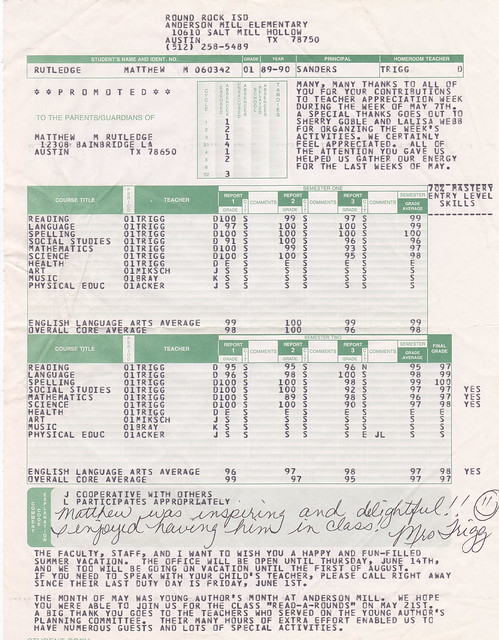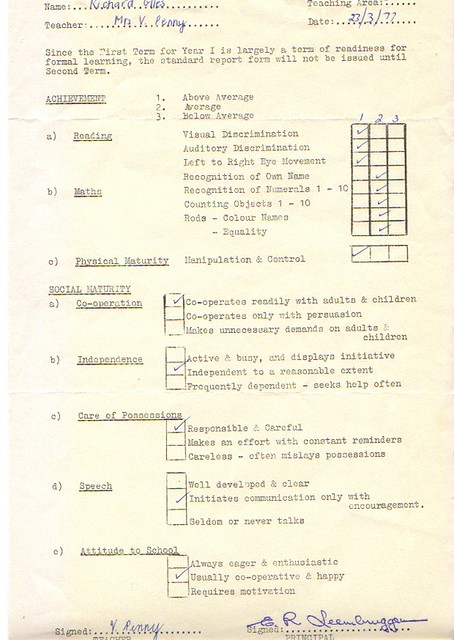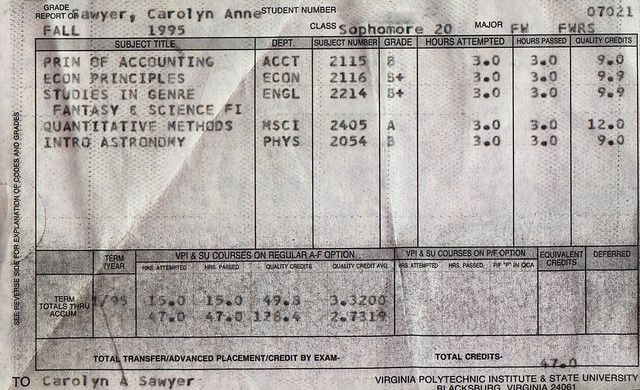In 1993, my father interviewed street kids to find out what living on the streets was really like, and how kids could end up on the street. He self-published his work, but unfortunately, I don’t feel like his book got the audience it deserved (or needed).
Two and a half years ago, my father passed away. He left a lot of stuff unfinished in his life, so I’m trying to complete some of the tasks that he was working on. One of these tasks is sharing the stories he collected from street kids.
A few days ago, I found the text of his book in a file on his website and decided to publish it through the Amazon Kindle store, so that it can be shared more widely. The stories in his book are sometimes hard to read, but they are an honest account of what it was like to live on the streets in the 1990s. They an indictment of the realities that street kids still face in our society. These stories need to be read and shared.
Here’s an excerpt from his book:
Even things that I didn’t know if they were right or not, I really wanted to experience them so that I could make up my own mind. By the time I was fourteen, I was beginning to assume that everything my parents told me was lies, so many things had been. So I just wanted to go out and experience what most people would call the seedier side of life. But I had to be in by six o’clock every night.
Nowadays you might say, "Well, compared with living on the streets I would have put up with the rules." But I didn’t expect to be kicked out of the house and never allowed back. But once it was done, it was done, and I really relished the freedom.
I have always felt that even a bad experience has some value. It was very exciting being on the streets. It was terrifying and it was dangerous. And it was all new experience.
I used to sit long hours and talk to all the winos. They’d tell me their life stories.
Life on the street gave me a new perspective on people I had been like just a few short months before; people like my family and the kids and families I had grown up with … just how unwilling they are to become involved and lend a hand in anything that they are afraid will happen to them. I would sit on the street and watch all the people going by who were exactly like my family, and like I used to be, up until a couple of years before. I would think on that and how hard they were trying to keep their blinders on. What an effort it took for them. I never realized that before. How much work went into maintaining their illusion that nothing was wrong. It was a very enlightening experience. I can’t do it again. I could never ever live on the streets again because I know a lot more now, and it’s too dangerous. Back then .. some nights I wouldn’t sleep all night because I was so terrified.
But other nights because of youth and the feeling of immortality that comes with it, it would just be exciting and interesting. But now there is no way I could spend even one night on the streets because I know what could happen, and that it’s very likely to happen.
I kind of miss that stupid courage. It was ridiculous. But I’d like to have that feeling. I was really tough back then because I realized I could be tough. I was accosted day and night by slimy men. They would come on to me "Oh, let me buy you a drink." I had to be very very tough to protect myself from that. I miss that toughness. It was a real shield that I had. I felt very strong when I was on the streets. I miss that.
I’ve put the price of the book at the minimum that the Kindle bookstore will allow. For just $1 US, you can download his book to a Kindle device or to any Kindle application. I plan on giving what proceeds of this book I do earn to my sister, who is currently struggling to make ends meet on a disability pension, so this is also an opportunity to help out someone in need.
You can find Nowhere Was Home: The Street Kids and Their Truth here.
First review:
I bought this book yesterday and tore through it in a couple hours. It is absolutely amazing.
The stories of these individuals range from the empowering to the heart-wrenching. They will stay with you for as long as you let them.
I would love to find a way to share this book with as many people as I can. I don’t normally write reviews for the books I read (who cares what I think?) but I had to write one for this one. It’s too powerful. People need to know that this is something worth reading.




